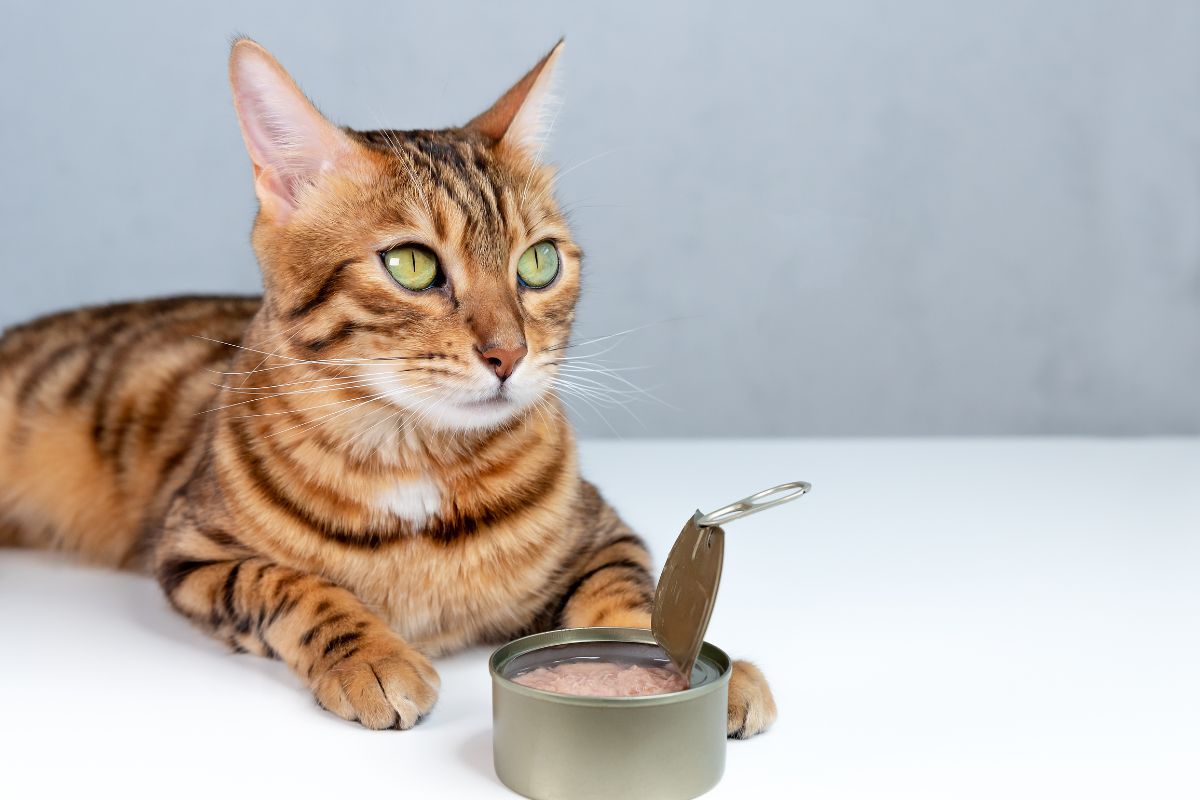
(From a Bengal Cattery That’s Learned the Hard Way)
When we first started raising Bengals, we thought feeding them would be the simple part. Quality food, full bowls, happy cats — right?
Not quite.
We quickly learned that even the smallest changes in a cat’s diet can have a huge impact: dull coats, digestive issues, low energy, even mood swings. As a working cattery, we’ve seen firsthand how different foods affect different cats — and how a thoughtful feeding routine can be the difference between “fine” and flourishing.
That’s exactly why we wrote Feed the Cat Better, our guide to simple, vet-informed feeding routines for healthier, happier cats. But if you’re not ready for a full overhaul, here are five easy fixes you can start with today.
1. Prioritize High-Quality Protein
Cats are obligate carnivores — they need meat. Not all cat foods offer enough of the right kind of protein.
Look for:
- Named meats like chicken, turkey, or salmon as the first ingredient
- Avoid vague fillers like “animal meal” or “by-products”
- Aim for 30%+ protein (higher if your cat is active or still growing)
From the Cattery:
When we shifted our breeding cats and kittens to a high-protein, low-filler regimen, we noticed stronger builds, shinier coats, and better stamina across the board.
2. Measure Meals — No Free Feeding
Portion control matters more than most people think. Overfeeding is the fastest path to feline obesity — and Bengals in particular are prone to overindulging if bowls are always full.
Tips:
- Follow feeding guidelines (based on your cat’s weight and age)
- Use a scoop or small scale
- Try food puzzles for enrichment and portion control
Pro Tip:
In Feed the Cat Better, we include a chart for calculating balanced daily portions using both wet and dry food — and how to adjust based on activity levels.
3. Moisture Is Key
Cats are naturally low drinkers. That’s why hydration through food is essential, especially if you’re feeding mostly kibble.
Add moisture with:
- Wet food (daily, if possible)
- Vet-approved bone broth or warm water added to meals
- A pet water fountain (a Bengal favorite)
From the Cattery:
We hydrate every wet meal with warm filtered water — not just to support kidney health, but also to improve digestion and prevent constipation in both kittens and adults.
4. Rethink Treats
Treats are fine — but too many can throw off your cat’s nutritional balance or lead to picky eating.
Healthier options:
- Freeze-dried single-ingredient proteins (like salmon or chicken)
- Small portions of lickable treats (like Churu)
- Functional treats that support dental or joint health
Avoid:
- High-carb, high-sugar snacks
- Anything with artificial coloring or “flavor enhancers”
5. Make Transitions Gradual
Cats don’t love change — and their digestion really doesn’t. Whether you’re upgrading their food or simply introducing something new, do it slowly.
How to switch food the right way:
- Day 1–3: 25% new, 75% old
- Day 4–5: 50/50
- Day 6–7: 75% new
- Day 8+: full switch
From the Cattery:
We always send new kitten parents home with a portion of the food they’ve been raised on, plus guidance for transitioning to a new routine using the Feed the Cat Better method.
Bonus: Personalized Feeding Plans Matter
Every cat is different. Age, activity, and health all play a role in what (and how much) they should eat.
Our book Feed the Cat Better includes feeding templates based on real-life scenarios — kittens, seniors, indoor-only, active Bengals, and more. It’s built for everyday cat people who want to do better without becoming a nutritionist.
Final Thought: It’s Not Just What You Feed — It’s How
You don’t have to overhaul everything at once. Start small. Better protein, measured portions, more moisture. We’ve seen these tiny tweaks lead to better coats, more energy, healthier stools, and — most importantly — happier cats.
And if you’re ready to go deeper, we wrote Feed the Cat Better for you. Because even as breeders, we’re always learning too — and the more we know, the better we care for our cats.
Because every cat deserves more than “good enough.” They deserve better.
